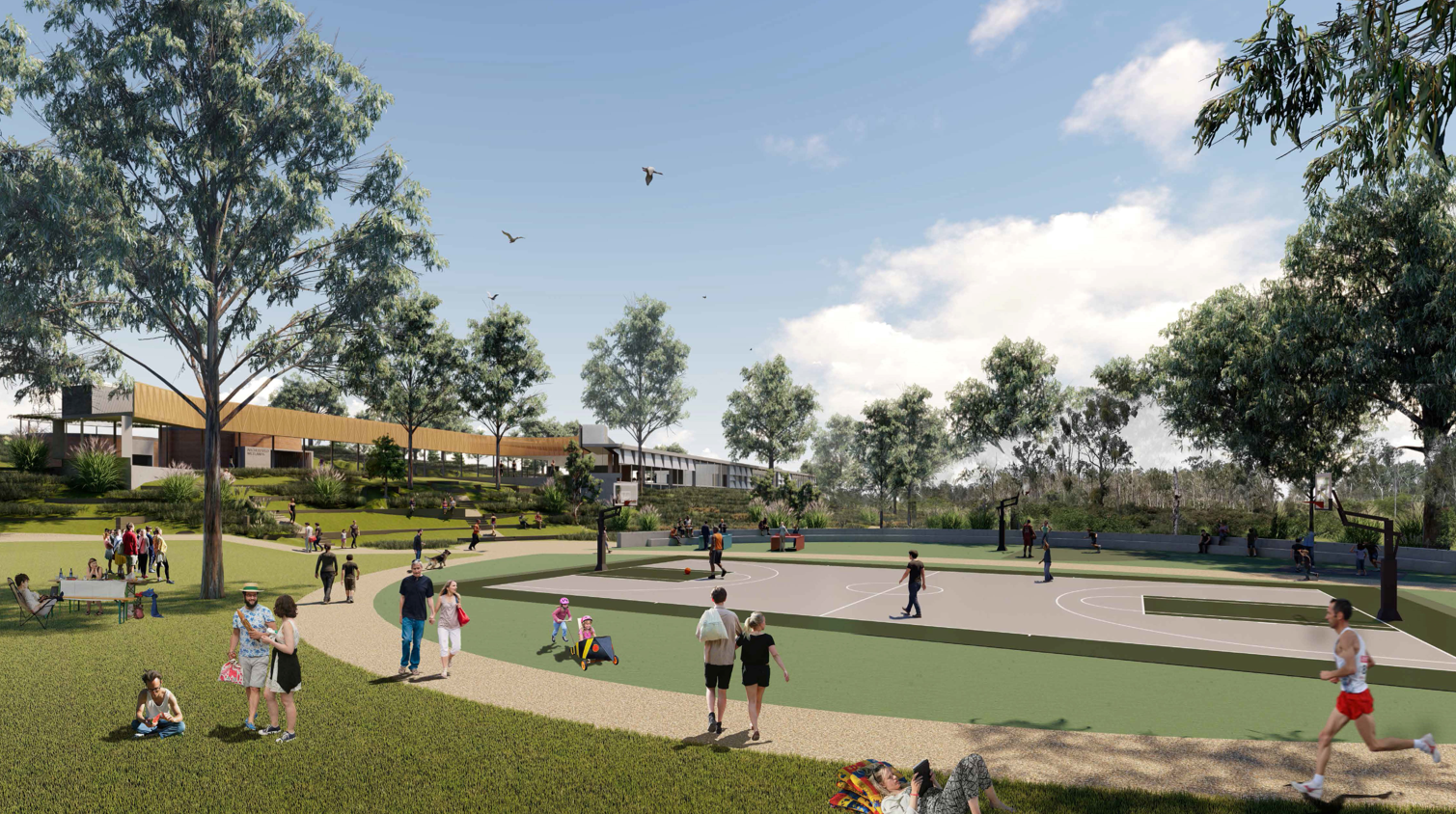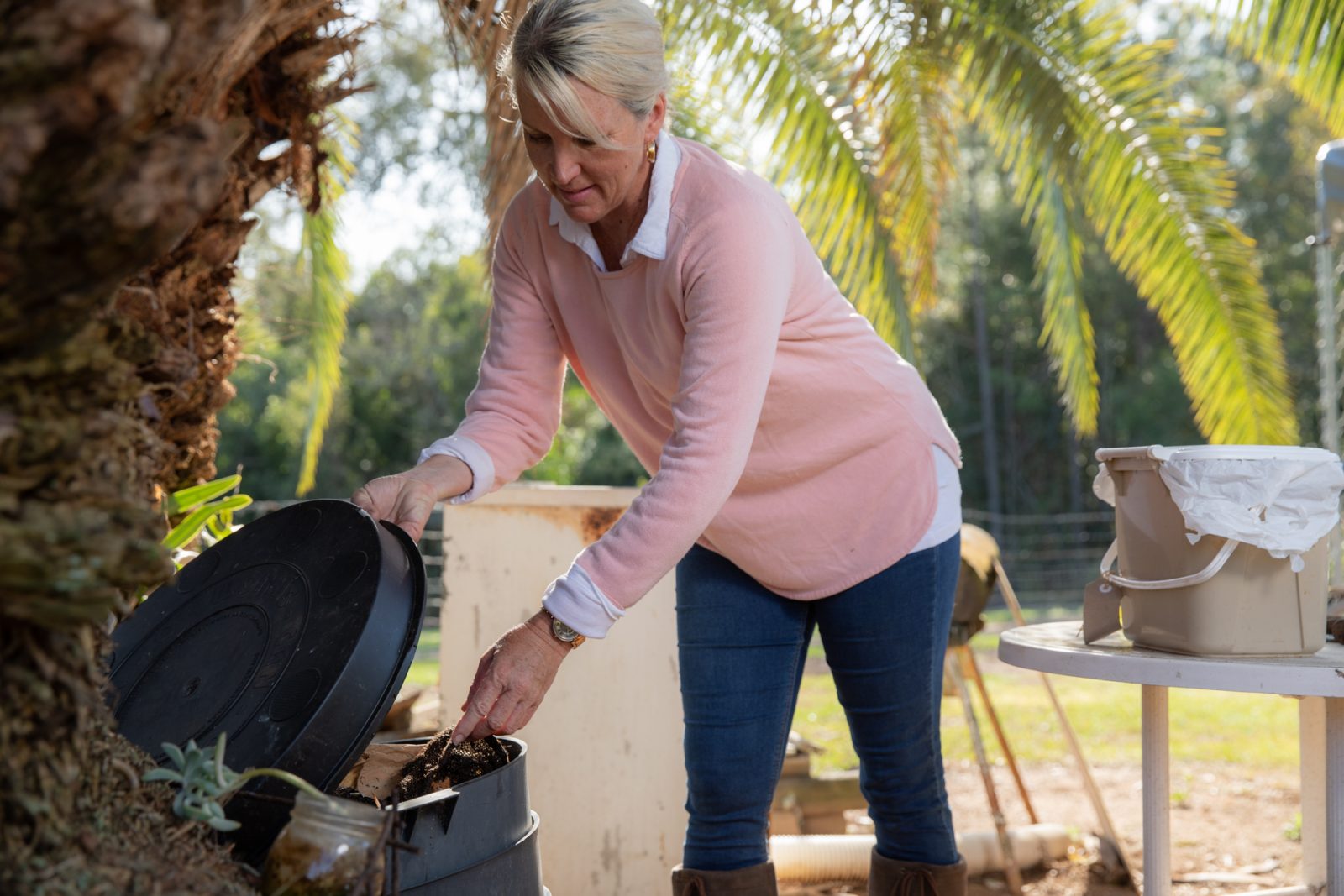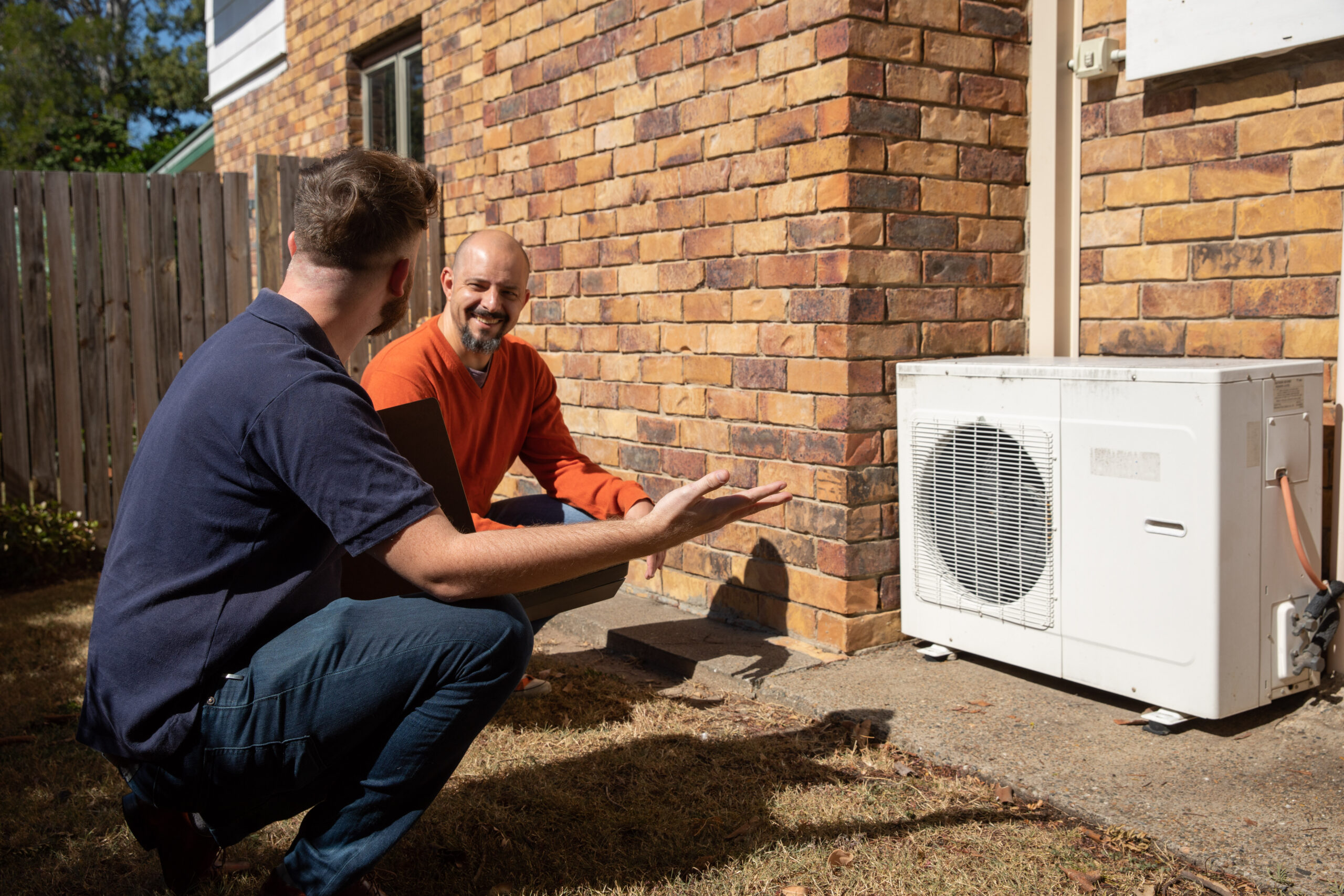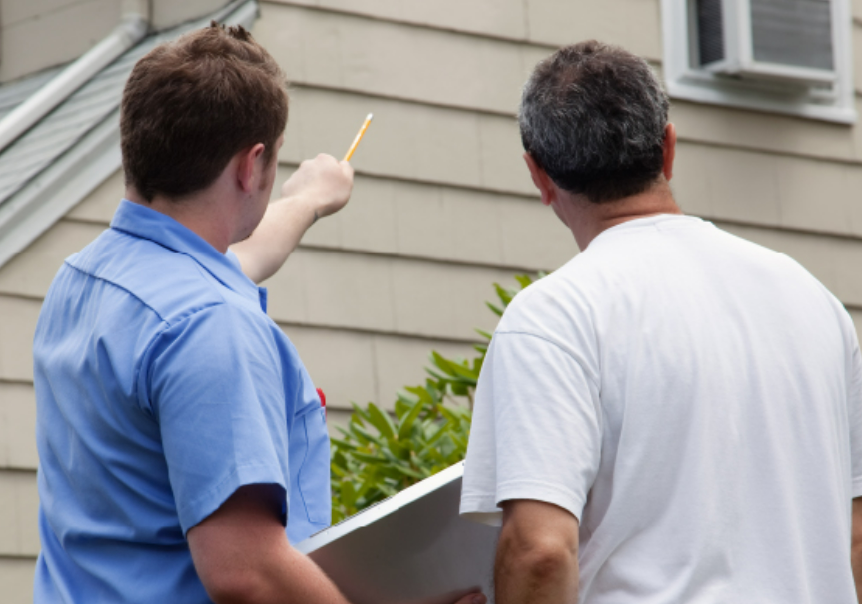The Jackson household
The story of a Brisbane Carbon Challenge champion household.
Household:
FAMILY
Dwelling:
TOWNHOUSE
Ownership:
OWN
Total emissions reduction: 75%
Original emissions:
12.9 tonnes
Transport: 5.6 tonnes
Energy: 7 tonnes
Waste: 0.3 tonnes
Reduced emissions:
3.2 tonnes
Transport: 2.4 tonnes
Energy: 0 tonne
Waste: 0.8 tonnes
About the household
Having a newborn baby while taking the Brisbane Carbon Challenge didn’t stop Carly and Kent Jackson from making smart investments in their townhouse and changing their behaviours to lower their carbon footprint. With a big focus on energy use, the north Brisbane family reduced their household carbon emissions by 75% within a year!
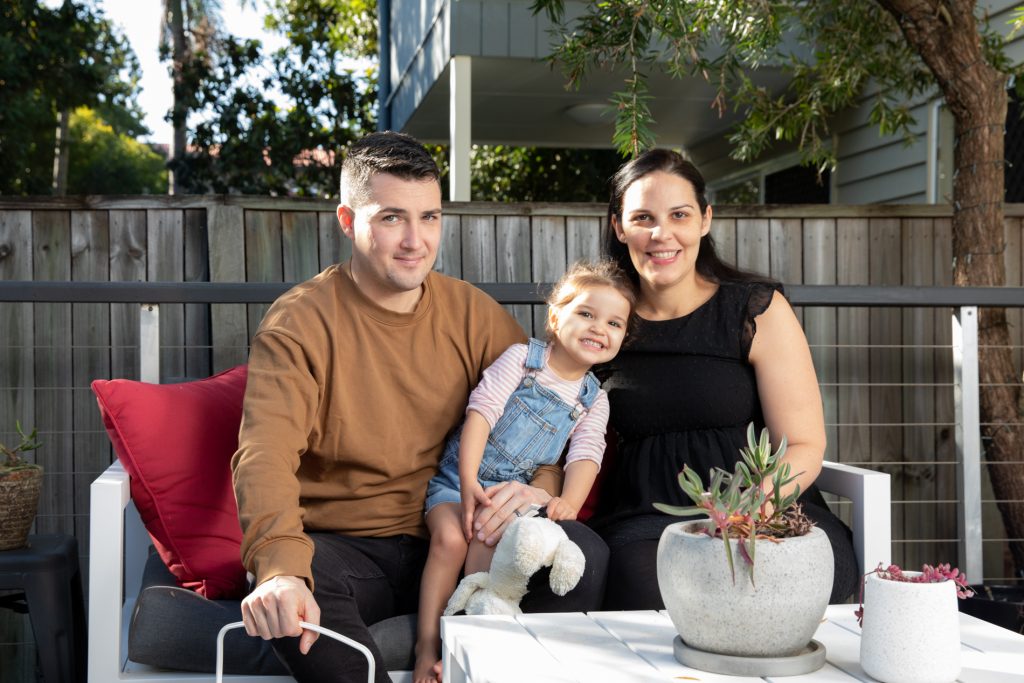
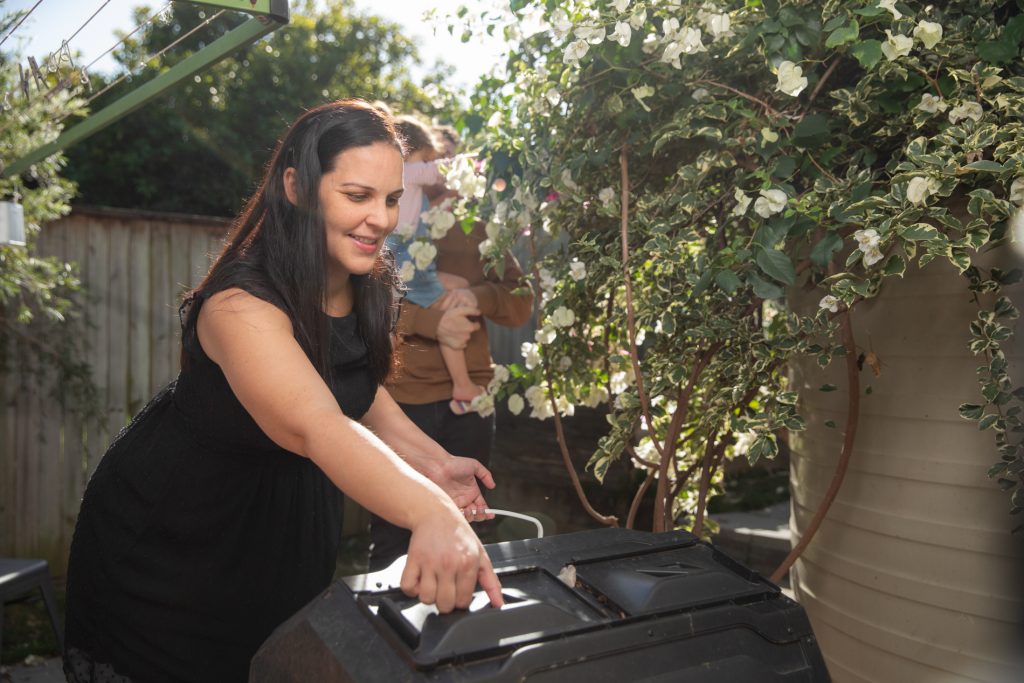
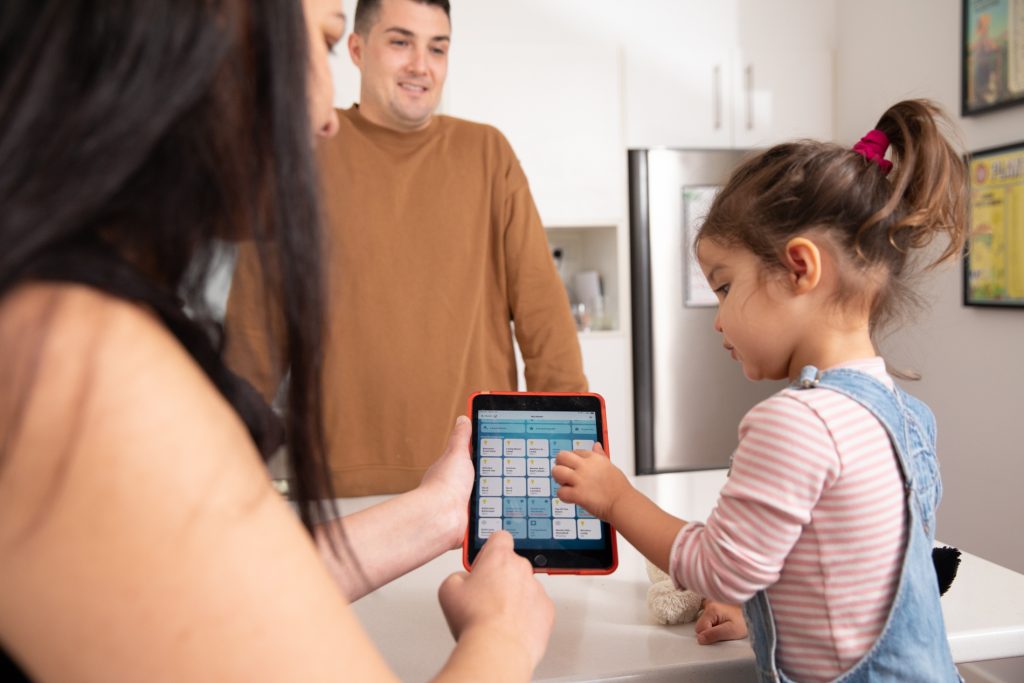
‘‘The Brisbane Carbon Challenge benefitted our household by reducing carbon emissions and electricity bills. Reviewing and understanding our electricity usage and bills enabled us to change providers and reduce our bills considerably.“
Carly Jackson
Successes
Technology helped make the invisible visible
It’s hard for households to understand and visualise how they use energy. So as part of the program, the Jackson family received a home energy monitoring system to get real-time data on a mobile phone app about where and how much energy is used in their home. The family also installed a smart home device to control all the electrical switches in the household, making it easy to set timers and turn off lights and appliances when not in use.
Technology helped the Jacksons understand and easily control their electricity consumption, encouraged them to change their behaviour around the home, and helped reduce the family’s energy consumption by 19%.
Using tech to form healthy habits
Using their new technology, the Jacksons also identified opportunities to make smart investments in energy-efficient appliances. For example, they realised their electric hot water system consumed 29% of their household electricity, so they looked for a more efficient solution. Installing a heat pump reduced the Jacksons’ hot water system energy consumption by 81%, and it is now responsible for only 6% of the family’s electricity. As Carly notes, “the numbers definitely speak for themselves.”
“We’re very happy we made the change, especially as power prices increase and our usage has been higher while I have been home more on maternity leave.”
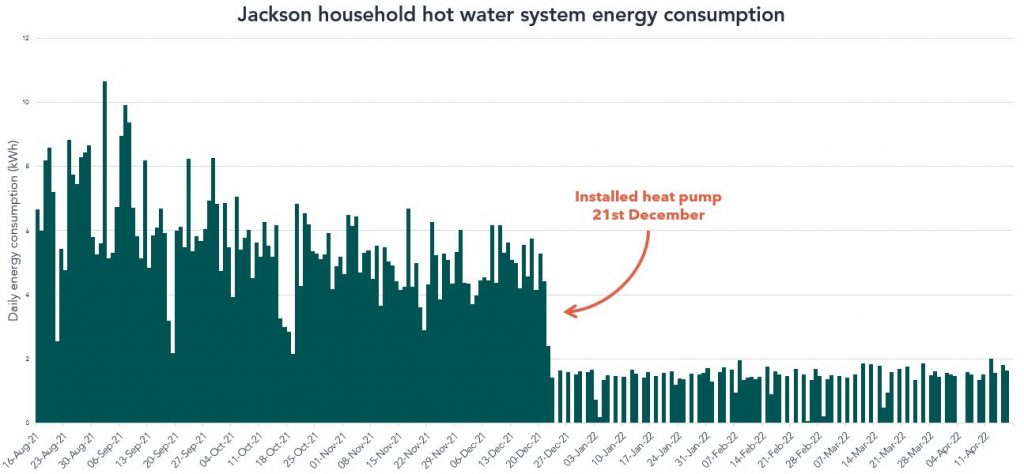
Challenges
Don’t rain on my emissions-reduction plans
Like most Brisbane households, transport was the largest source of emissions in the Jacksons’ carbon footprint. Therefore, the family looked for ways to reduce their car use while Carly was on maternity leave. Kent took up cycling to work, but consistent rain forced him to commute by car for a few weeks, creating carbon emissions.
Still determined to reduce the household’s transport emissions despite the setback, Kent purchased an e-bike to broaden the number of trips he could replace with cycling. This was such a success that the family didn’t use their second car for months, reducing their transport emissions by 43%.
Carly’s top tip:
“Start small and don’t be too hard on yourself. Small, consistent changes become habits that are easier with time. Our biggest motivation is to teach our daughters how to be more sustainable and ensure they get to enjoy this beautiful planet.”
The Jacksons’ low carbon action plan:
- replaced private vehicle use with active travel (cycling)
- used E10 instead of petrol
- adopted eco-driving techniques
- purchased 100% renewable energy (GreenPower)
- adjusted set point on air conditioner to 24 degrees in summer
- used fans instead of air conditioners
- replaced electric hot water system with heat pump hot water system
- switched off lights when not in use
- upgraded lights to LED
- switched off appliances at the wall when not in use
- took shorter showers
- switched from using disposable nappies to re-usable
- reduced food waste
- composted food waste.

